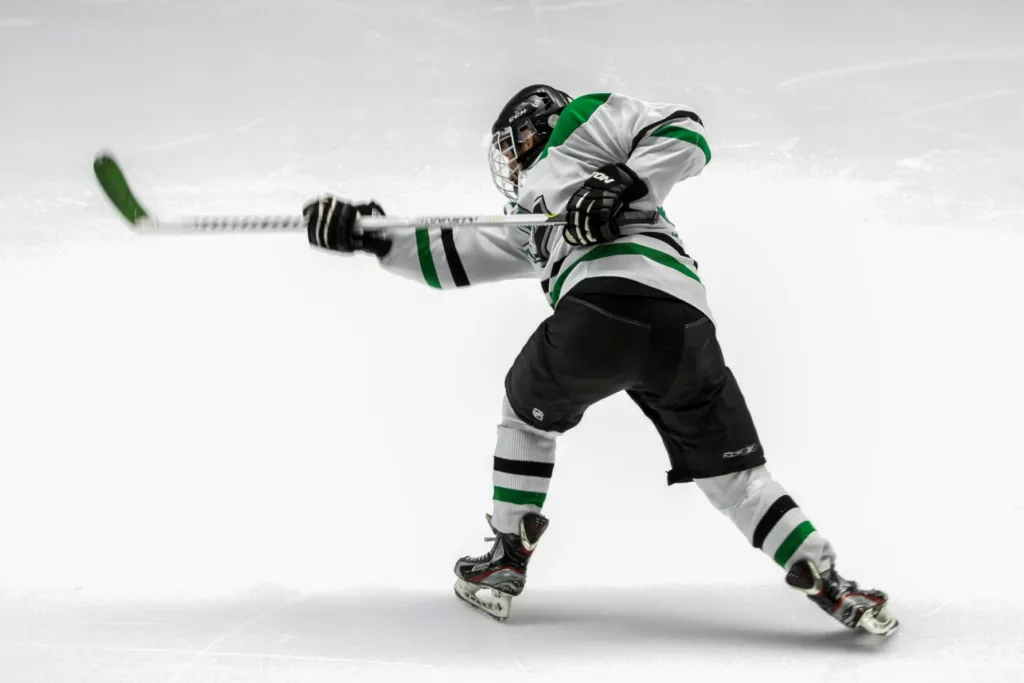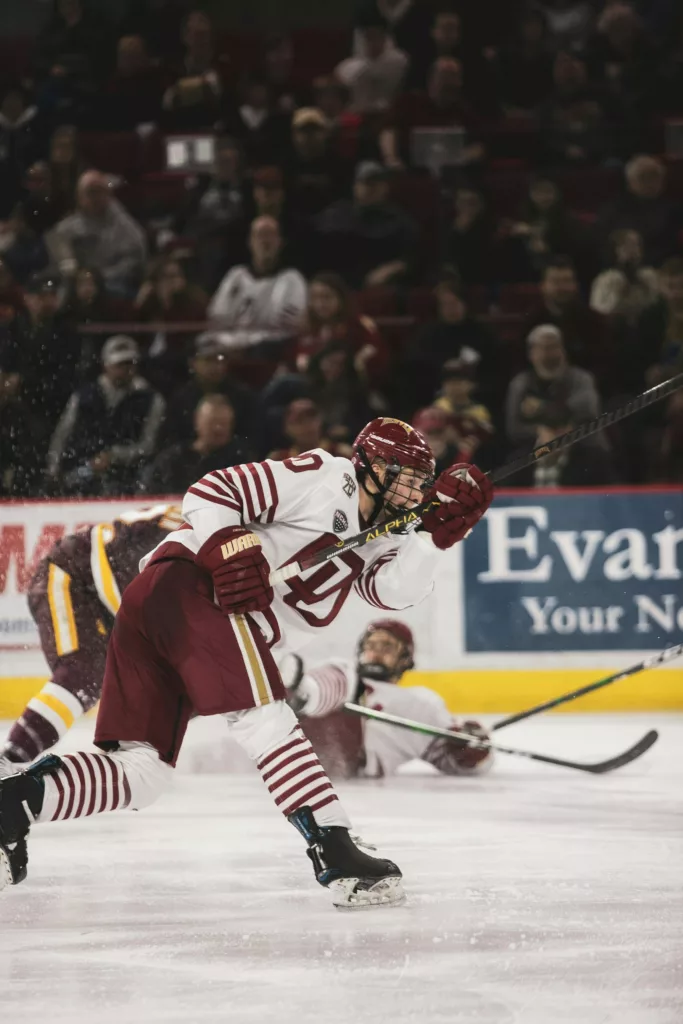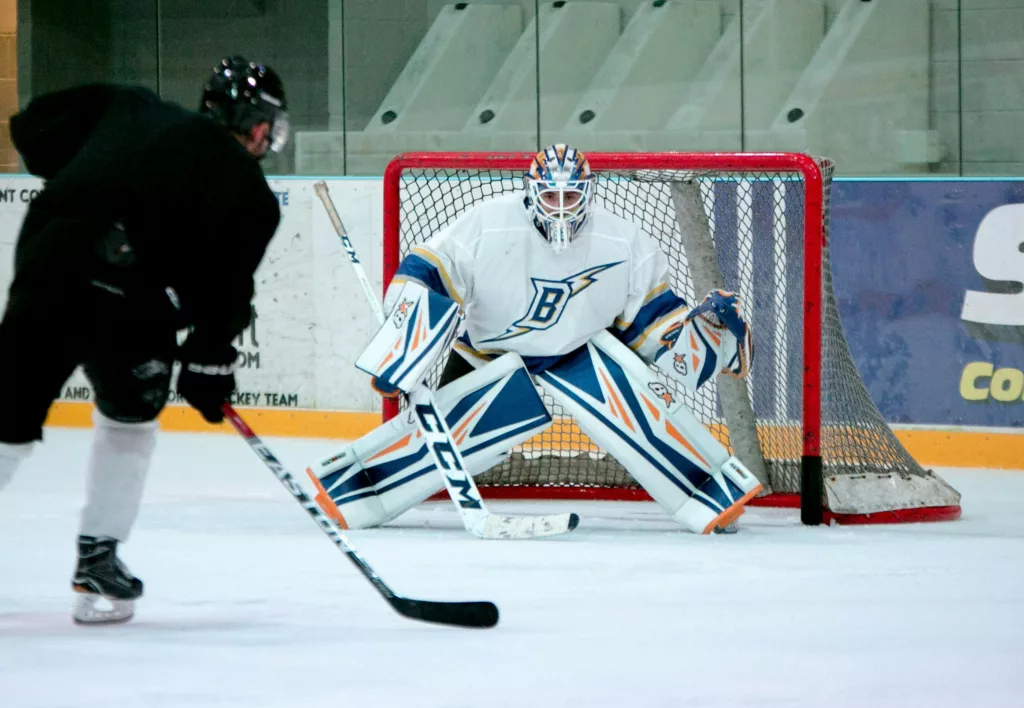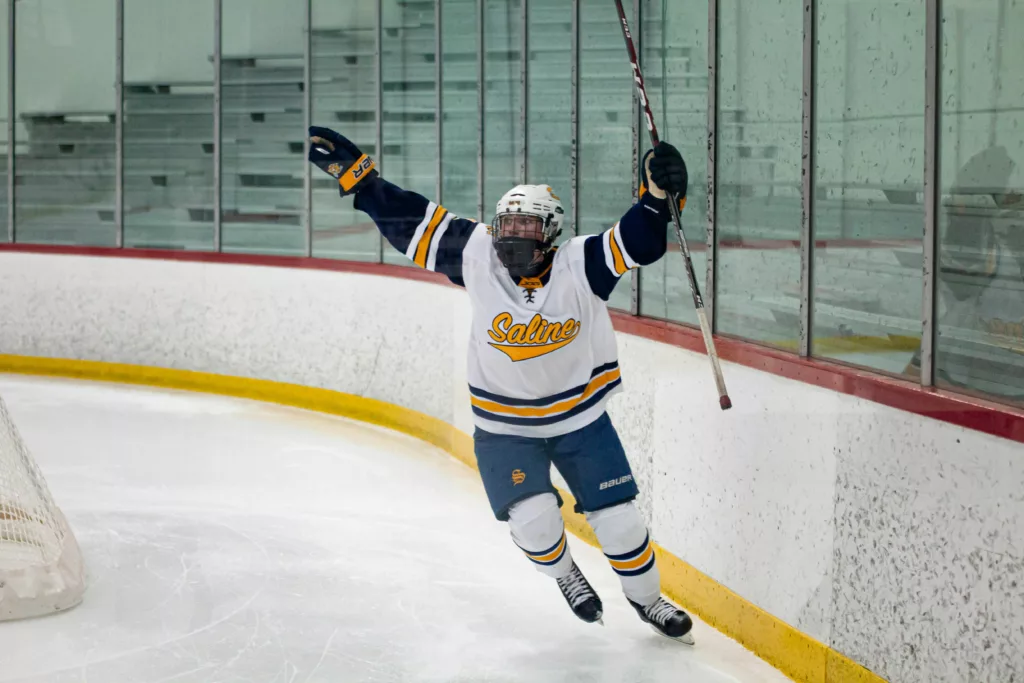The Guide to Hockey Shots for Aspiring Snipers
If the objective of hockey is to score goals, then it makes sense that hockey shooting is the focal point for basically any aspiring player looking to grow their game. If you can score more goals, it’s easier to get noticed by scouts, coaches, or GMs and take that next step towards your dream. Also, let’s be honest: scoring goals is just plain fun, and practicing your goalscoring is a lot more entertaining than, say, running sprints or doing squats.
With how fast the modern games moves, however, it can be hard to understand how, where, and why players are shooting, especially for new fans or players. To make matters worse, there are thousands and thousands of different videos, drills, and articles to explain one detail or another, and it’s not easy to know what you need to do to just get better.
Here at Snipe Lights, we don’t just want you to have fun getting better at hockey, we want it to be as straightforward as possible to start practicing right away. So we put together this guide to walk you through the kinds of hockey shots that exist, as well as giving you some basic knowledge of the ins-and-outs of shooting.

The Different Kinds of Hockey Shots Explained
Slapshots
A slapshot is when a player picks their stick blade off the ice and lifts it above waist height in a wind-up motion similar to a golf swing, before transferring their weight and energy down and forwards through the puck. Importantly, however, the player doesn’t hit the puck directly, but rather about 12 inches (30 cm) behind it. This action transfers the player’s rotational momentum to be transferred as potential energy into the stick, which then bends and whips back and imparts kinetic energy to the puck.
Maximizing the speed of the player’s swing and the force applied to the stick in order to create a powerful, driving shot generates the hardest and fastest shots in hockey. For example, Zdeno Chara and Shea Weber both topped 108 mph (174 km/h) with slapshots in NHL All-Star games in 2012 and 2015, respectively, and players in other skills competitions have hit 109.2 mph (175 km/h) and, allegedly, as high as 114 mph (183 km/h).
There is some debate as to who the first player to take a slapshot was, but there is no question about who popularized the shot. Bernie “Boom Boom” Geoffrion, the Montreal Canadiens legend, is credited with not only making it clear that slapshots were an effective goal scoring technique, but also with being a driving force behind the adoption of masks by goaltenders around the league.
NHL Archetypes: Bernie “Boom Boom” Geoffrion, Bobby Hull, Al MacInnis, Shea Weber, Zdeno Chara, Drew Doughty, Dougie Hamilton, David Pastrnak
Wrist Shots
While a slap shot is all about power, strength, and intimidation, a wrist shot is all about release time, deception, and accuracy. While they aren’t quite as fast, wrist shots have a massive advantage in that they are extremely quick to release and can be targeted more precisely to holes in the goalie’s positioning or equipment. This is why they’re increasingly a popular choice for professional hockey snipers!
The wrist shot is generally taken from towards the rear of the stance. This allows the player to transfer weight and energy towards the back skate to load the shot. As they follow through, they transfer energy from their body, alongside some flex in the stick, through the shot. In most cases, especially in the last 20 to 30 years, this involves a pulling motion that can make the puck explode off the blade at speeds exceeding 90 mph (144 km/h). Additionally, there is rotational energy applied to the puck as well, which can add speed but is generally most useful for generating rebounds.
One key element of a wrist shot that cannot be overstated is the follow-through.
The upper hand, known as the “control” hand, pulls into the body and then upwards towards the shoulder, while the bottom (or power) hand drives the shaft into the ice, rotates, and aims directly at the target. This has the added effect of turning the blade over and pointing it directly at where the shooter intends to place the shot.
NHL Archetypes: Joe Sakic, Jarome Iginla, Auston Matthews, Conor Bedard, Alexander Semin, Mike Bossy

Snap Shots
Snap shots are very similar to wrist shots in that they are extremely deceptive, while also maintaining some of the explosiveness that comes from a deeper flex that – when done properly – can make the puck practically jump off the blade. Unlike a wrist shot, however, snap shots have little-to-no windup, meaning the goalie has even less time to react. If you have an accurate shot and are able to keep your hands in front of your body even when off-balance, this is a fantastic tool for scoring goals.
To take a snapshot, you need to rapidly and seamlessly transfer weight from the back foot to the front foot while flexing and torquing the shaft of the stick as you shoot. This motion minimizes the backswing while still offering enough velocity, power, and rotation to present a challenge to goaltenders. Snap shots are especially ideal when a player has limited time and space to shoot.
This versatility and the way the puck can jump off the stick make snap shots a strong tool for many NHLers. Some players can shoot as hard as 80 mph (129 km/h) , and when combined with pinpoint accuracy it can be extremely difficult to stop or block. The very best players are able to change the angle of their blade or stick to confuse a defender or take advantage of traffic in front of a goalie.
NHL Archetypes: Nathan MacKinnon, Phil Kessel, Vladimir Tarasenko, Patrik Laine

Backhanders
Far and away the most difficult shot to master, backhanders are also some of the most difficult for goalies to anticipate and, therefore, stop. This is because most players’ preference to handle the puck on their forehand, meaning that there is often an element of deception. Additionally, it is harder for the goalie to read the direction of the puck off a backhand shot. As a result, a strong backhander is useful when there’s no time to switch to a forehand shot, such as when you’re in traffic or tightly defended.
In order to take a backhand, you should try to get the puck in the middle of the blade, preferably towards the heel. You then transfer your weight from back to front as you would in a wrist shot, though it is much harder to generate power and speed. Still, by practicing and improving your accuracy you can beat a goalie with a well-placed but not especially hard backhander.
Much like with wrist shots, a good follow through is critical to a backhand. You should always try to control your stick blade after transferring your weight and shooting, but it is especially important in this case. A higher follow through on a backhander generally results in a higher shot, so you’ll want to balance the placement of the puck with the need to be deceptive.
NHL Archetypes: Sidney Crosby, Patrick Kane, Mikko Rantanen, Pavel Datsyuk, Brad Marchand
Knuckle Pucks
Fun Fact: Snipe Lights are the only kind of hockey shooting target that cannot be destroyed by a knuckle puck. (Editors’ Note: citation needed)
NHL Archetypes: Russ Tyler (Editors’ Note: citation also needed)
One Timers
A one-timer is a powerful and quick way to score goals in hockey. It requires precision, timing, and practice to master, but once you do it becomes easier to catch goalies off guard and create more scoring opportunities. This shot is essential for players looking to enhance their offensive capabilities and contribute more effectively to their team’s success.
To execute a one-timer, players need to focus on a few key mechanics. Positioning is crucial; players should be ready to receive a pass with their knees bent and hands away from their body. The stick blade should be slightly open to create a flat surface for the puck. As the pass arrives, the player shifts weight from the back foot to the front foot while swinging the stick through the puck. Timing the pass and shot in one fluid motion is essential to generate power and accuracy.
Improving shot speed in a one-timer involves consistent practice and strength training. Players should work on building upper body strength and perfecting their shooting technique. Repetition develops proper form and muscle memory, helping you deliver faster and more accurate shots. By refining these elements, players can increase their shot speed, making their one-timers more effective and harder for goalies to block.
NHL Archetypes: Brett Hull, Alex Ovechkin, Steven Stamkos, Tage Thompson
Train Like the Pros: How to Maximize your Practice Time
Training your hockey shot involves a combination of technique, strength, and consistency. Players should start with basic shooting drills, focusing on accuracy and proper form. As they become more comfortable, incorporating resistance training and off-ice exercises can help build the necessary muscles for a powerful shot. Utilizing shooting pads and hockey goal targets can simulate game situations, allowing players to practice under more realistic conditions.

Consistently practicing both on and off the ice is key to developing a strong, accurate shot you can rely on in games. Ultimately, the best training is the one that makes you want to keep shooting more and more pucks. That’s why Snipe Lights has gamified hockey shot training, meaning you can track your progress at the same time as you’re competing with your friends!
You can learn more about Snipe Lights by visiting here, or reach out to us at [email protected] for more information!